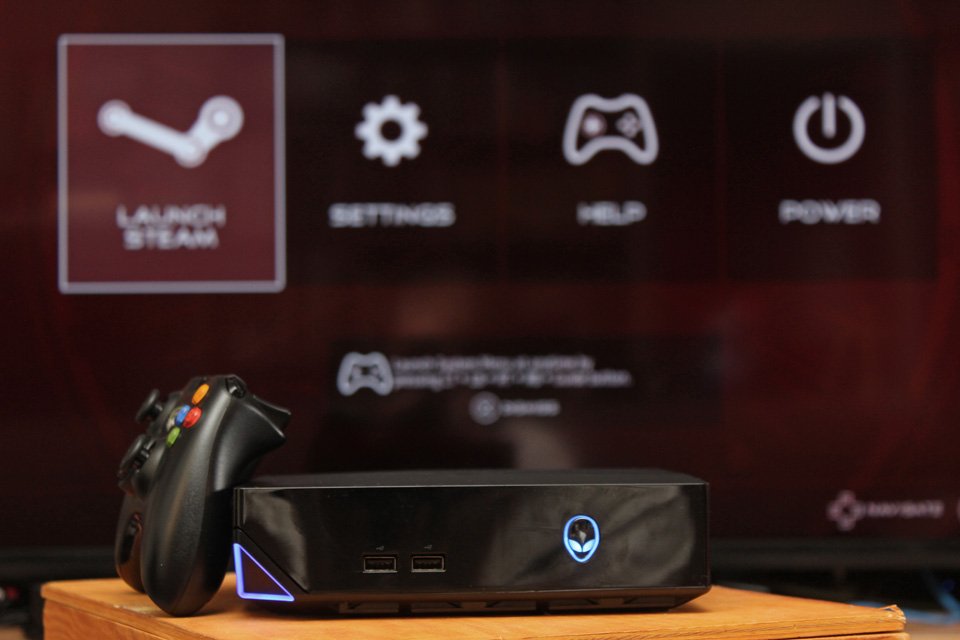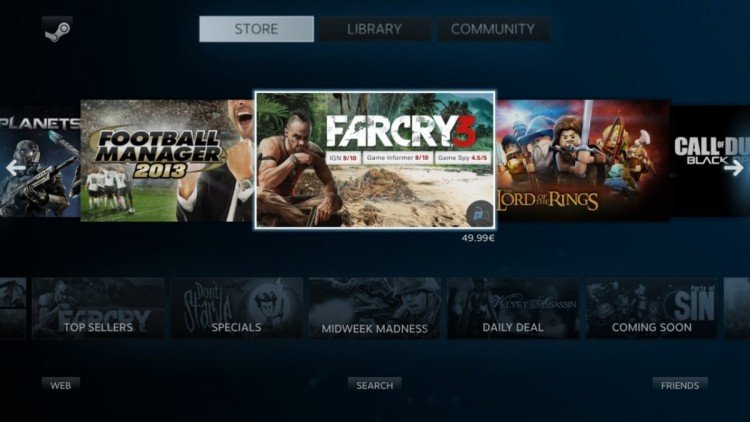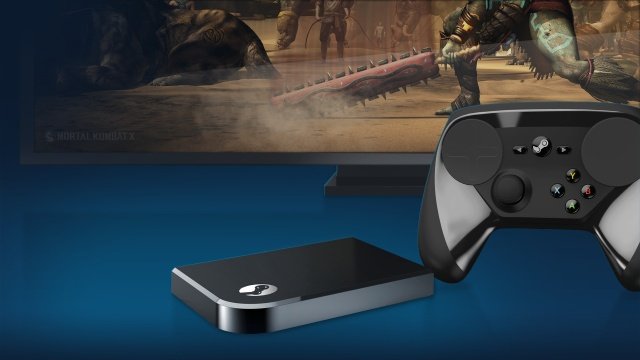Several years ago, the company known to many as Valve, came up with an idea to take the conventional gaming PC and to move it into the living room or where ever your main TV was located. Their thought was to move the gaming PC’s out of the offices and basements and to get them in the same prime time as your gaming consoles, namely those such as the PlayStation and Xbox. However they also wanted to move away from Microsoft’s expansive hold over the PC as a platform and decided to bake their own custom OS, one that would take the open-source Linux kernel and combine it with their Steam Big Picture mode, something that was in beta testing for the PC back then and something that is used everyday on gaming PC’s across the world.
Yeah, the big boss of Valve, Gabe Newell (Lord Gaben), isn’t a huge fan of Microsoft, despite working thirteen years with the company where he worked as a producer on Windows 1 , 2.0 and 2.1, as well as working on other Microsoft products. In fact, working at Microsoft was one of the reasons why Valve even exists, go figure.
This was the start of Valve’s Steam OS and Steam Machine initiative. It was the start of the movement that is still progressing to this day.
And while the Steam OS hasn’t exactly made the headlines that Valve may have been looking for, nor has it successfully paired with what they then envisioned as the Steam Machine, mainly because the Steam OS wasn’t and still isn’t finished or up to par for gaming. Valve did succeed, just not in the way the company was expecting and that was to progress the SFF or small form factor PC movement closer that it was before and get them into our living rooms. It got that movement so close that many companies such as Dell/Alienware, CyberPower, Corsair, Origin and several other companies have decided not to wait on Valve’s Steam OS and have flooded the market with their own variants of the Steam Machine…. with Windows at the helm. Isn’t that odd, especially since it was Valve who put this entire plan into action, to get the PC into the living room and to remove Microsoft from the picture, only to have the very same company’s OS running the store.

And sure while some of these so called Steam Machines weren’t what an enthusiast or hardcore PC gamer would consider a gaming PC, many of them such as the Alienware Alpha have blurred the line and have been called by both sides a gaming PC that works in the living room. And yes, I am well aware that PC gamers have been building PCs and putting them next to their PCs for a while, oh I definitely know about this. In fact I was right there along side you, first wiht my massive ATX towers, my mid-towers and eventually my mini-itx builds. I still have my Coolmaster Elite 130 build as I see no need to go smaller, especially with a full length GTX 780 (yes I know it’s dated) which still does a great job pumping the visuals to my 1080p TV.
However looking back at 2013 when Valve first made the announcement, up until today, where do we currently stand with this initiative? What did we get out of it?
For starters, we no longer have to carry those rather huge and obstructive gaming PCs, you know the ones that live under or on-top of our desks in our offices. And in fact many of those beasts have gone on diets, now looking like slicker and smaller versions of them sells. We’ve gotten numerous companies now that not only produce gaming PCs that are tailor made for the living room, but also even better user interfaces; Steam Big Picture Mode and Alienware’s Hivemind come to mind. We even have games being released that are idea for that living room space, some with not just internet multiplayer abilities but also local co-op instead; Assault Android Cactus, Trine 3 and even the recently announced Dvinity: Original Sin Enhanced Edition that includes 2-4 split screen action.
For more co-op games, check out www.ccouchcoop.com.

And ultimately, while the SteamOS simply isn’t ready for prime time, Valve seems to be some what ok with this has even introduced the Steam Controller and Steam Link, both which will be released to those who pre-ordered them later on during October 2015, later in November 2015 for everyone else to purchase. Oddly enough, the Steam Controller will work just fine in Windows, while the Steam Link, which will function as a mine PC and allow you to extend your existing Windows gaming PC into the living room. Both dependent or working in harmony with Windows, something which you could consider either an afterthought or a better than nothing achievement, something born out of the initial thought or removing Windows from the picture. I actually have the Steam Controller on pre-order, and while I wasn’t a fan of it when I had some hands-on during PAX East 2015, I’m eagerly awaiting mine so I can give it another go.
But if you’re interested about the controller, be sure to check out Trial by Game’s Youtube channel – here, where he’s been doing videos with various games and giving his opinion on how the controller performs with the game he’s played.
So here we are, several years later and doing better than we did in 2013 in regards to the PC gaming department. Steam is thriving, Windows 10 is all the craze and Steam Machines (without the Steam OS) are buzz words that are tossed around many a internet forum or website. PC gaming has never been better, all due to that SFF push into the living rooms and while its not quite what Valve envisioned, we still should give them a hand and say thanks for the effort.
Thanks Valve!




